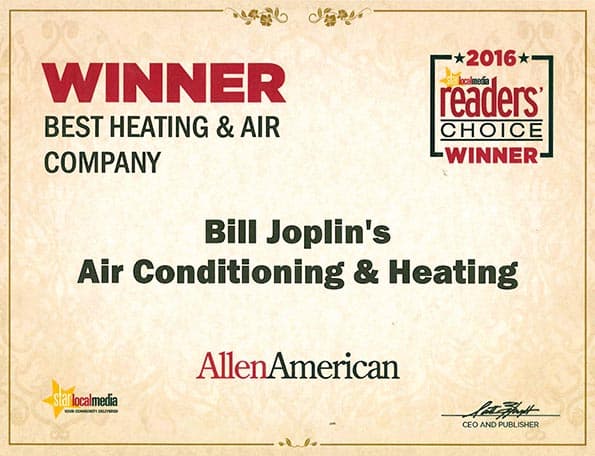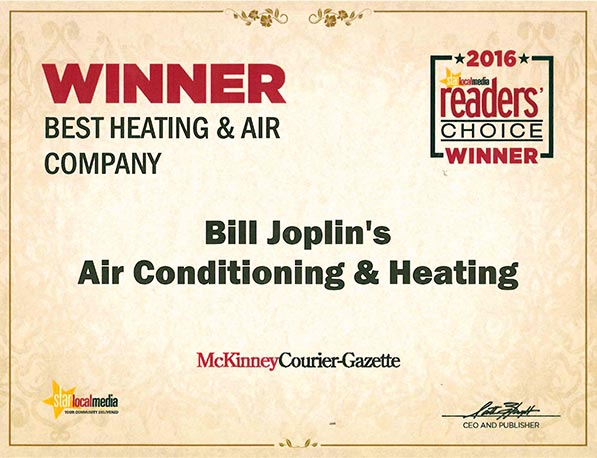The more warm or cool air that remains inside your home during heating and cooling, the more money you’ll save on energy. The correlation between air leakage and energy loss is simple to make. But, finding all the places where air leakage occurs and making sure all the cracks and other spaces are well-sealed is a bit more involved. However, it’s more than worth the effort. The money you’ll save on utilities will provide its own reward.
Common Sources of Air Leakage
To determine where you may be losing cool air in summer and warm air in winter, consider checking your home for the following sources of air — and money — leakage:
- Gaps around doors and windows
- Excess space around dryer vents
- Openings caused by damaged, kinked or loose-fitting ductwork
- Chimney flues
- HVAC system air intakes
- Spaces where pipes enter your home
- Other air-leakage trouble spots
According to Energy.gov, sealing the gaps in your home to reduce air flow is one of the fastest ways to increase indoor comfort and make your home more energy-efficient at the same time.
Common Methods for Detecting Air Leaks
The following are several personal and professional methods you can use to determine where your air leakage problems are occurring:
- Visual inspection of doors, windows, attic and basement areas
- Complete do-it-yourself home energy audit
- Professional ENERGY STAR home performance energy assessment
- Professional blower door test
- Professional PFT (Perfluorocarbon tracer gas) testing
- Professional ductwork inspection
ENERGY STAR also offers a Do-It-Yourself Guide to Sealing and Insulating that can make your job easier. The guide includes a list of helpful ideas for locating the air leaks in your home.
If you prefer not to do it yourself, a professional home energy assessment can be scheduled with your HVAC technician. Your home’s ductwork can also be inspected during your next professional duct cleaning. Regular duct cleaning is one more way to increase the energy efficiency of your HVAC system.
Common Solutions for Air Leakage Issues
The following are several corrective measures that can be taken to solve energy-draining air leakage problems:
- Caulking all areas with cracks or gaps, especially those in outer walls, attics, basements, garages, foundations and laundry rooms
- Caulking and/or weather-stripping doors, windows and attic hatches
- Sealing accessible attic ducts with foil tape or mastic
- Using expanding foam or caulk to seal basement rim joists and other openings
- Sealing around all vents and registers to direct heat into the room and not the wall and to send all return air back through the system
- Closing flue damper when fireplace is not in use
- Having leaky ductwork professionally sealed
- Having damaged ductwork professionally repaired
ENERGY STAR offers a handy pop-up-tool that can help you correct many common air-leakage issues and eliminate a number of other energy efficiency drains in your home.
Importance of Preventive Maintenance
Remember that regular preventive maintenance is the best way to keep your home heating and air conditioning system running as efficiently as possible. During your biannual tune-ups, your technician will find faulty parts, assess potential air duct issues and offer solutions to inprove your home’s health and comfort. Call Bill Joplin’s today and schedule your tune-up.




